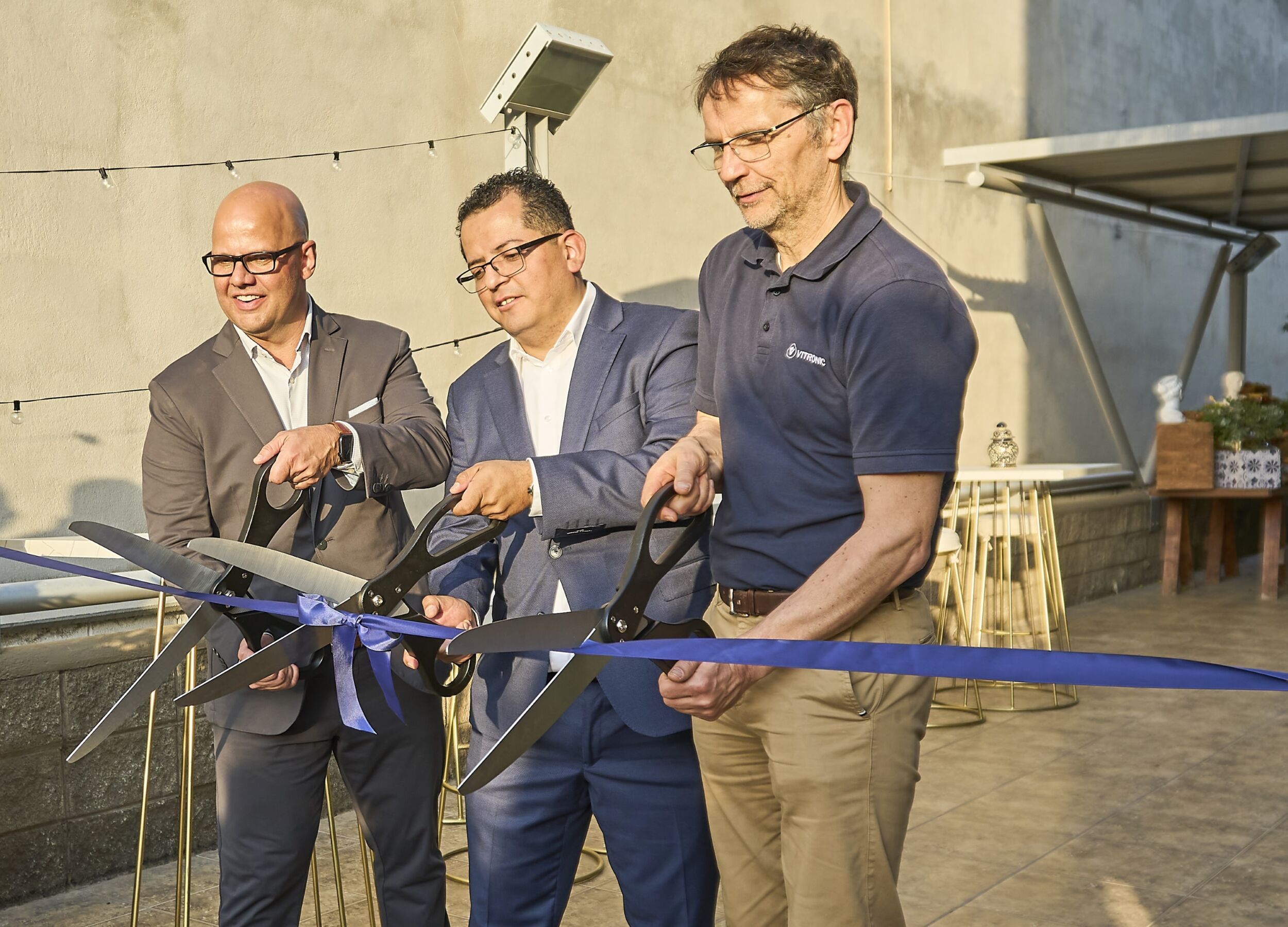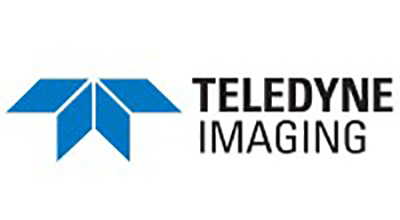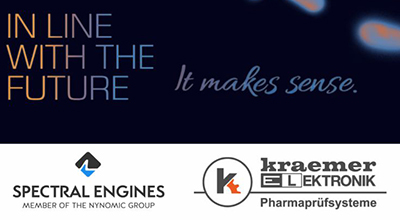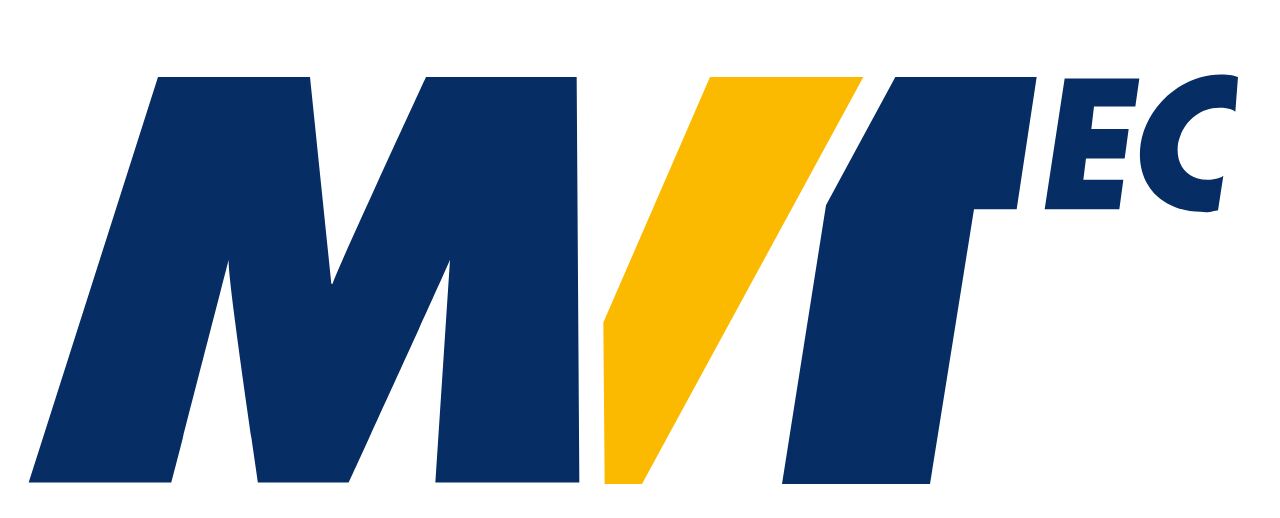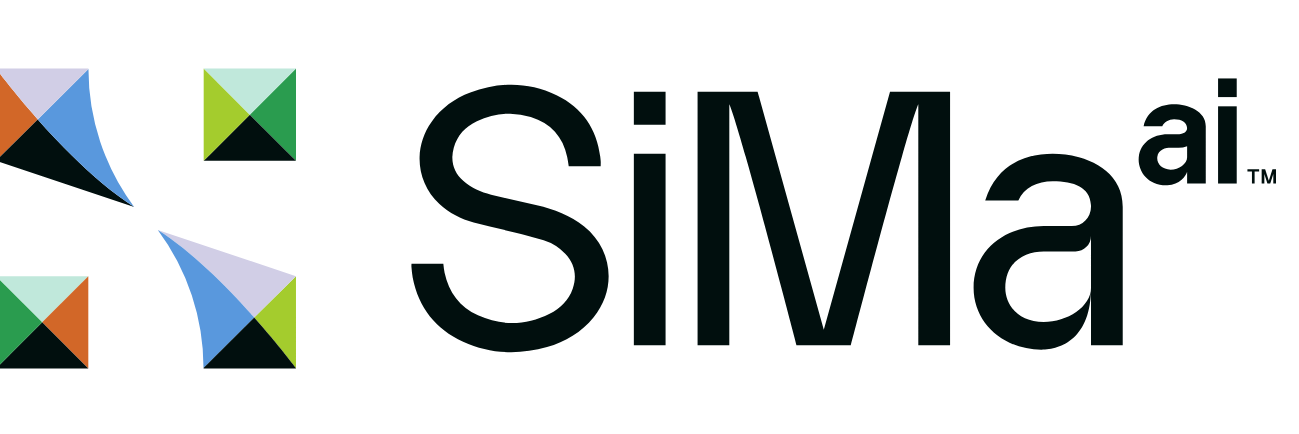Frame Grabber for new Optical Mapping Platform
Researchers at the Sheikh Zayed Institute for Pediatric and Surgical Innovation, Washington, DC, introduced a novel approach to optical mapping that requires only a path splitter, a single camera, a frame grabber and an excitation light to simultaneously acquire voltage and calcium signals from whole heart preparations.
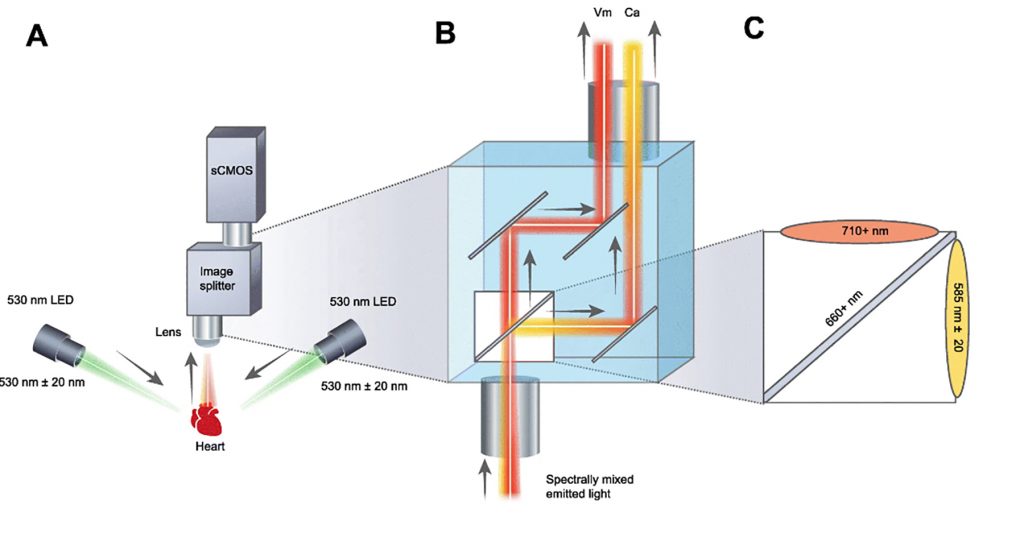
At the heart of the system is a BitFlow four-channel frame grabber. The researchers selected the frame grabber because of its 2x mode that shares DMA responsibility between two DMA engines. (Bild: BitFlow, Inc.)
Optical mapping is an imaging technique that measures fluorescence signals across a cardiac preparation with high spatiotemporal resolution and is a powerful tool for investigating cardiac physiology and pathophysiology. The new cost-effective and highly reliable system eliminates the need for multiple cameras, excitation light patterning, or frame interleaving, therefore aiding in the adoption of dual mapping technology by the broader cardiovascular research community, and decreasing the barrier of entry into panoramic heart imaging. At the heart of the system is a BitFlow four-channel frame grabber. It is used for imaging control and acquisition from an Andor Zyla 4.2 Plus sCMOS camera acquiring images at 4.2MP. A 10-tap CameraLink connection with a clock rate of 85MHz was necessary to achieve the fastest frame rates possible.
The researchers selected the frame grabber in part because of its 2x mode that shares DMA responsibility between two DMA engines, effectively doubling the frame grabber’s bandwidth and providing much needed headroom to DMA images from the camera continuously, regardless of system load. Because of the high data rate of acquisition – due to high spatial and temporal resolution and bit depth – an NVMe SSD disk was also essential for reducing data rate bottlenecks. To achieve optimal results, an image splitting device is positioned in front of the sCMOS camera. A fixed focal length 17mm/F0.95 lens is attached to the front for experiments with rat hearts, while a wide-angle 6mm f/1.2 lens is used for pig hearts. To guide manual alignment, MetaMorph software from Molecular Devices overlays live images as contrasting colors or as subtractive grey scales to highlight misalignment. After alignment, any standard image acquisition software can be used. The acquired image includes two fields which can be separated using imaging software that includes automated tools. The computer consisted of a Xeon CPU E3-1245 v5 3.50GHz, 32GB of RAM, and a non-volatile memory express solid state disk (NVMe SSD, Samsung 960 Pro).


